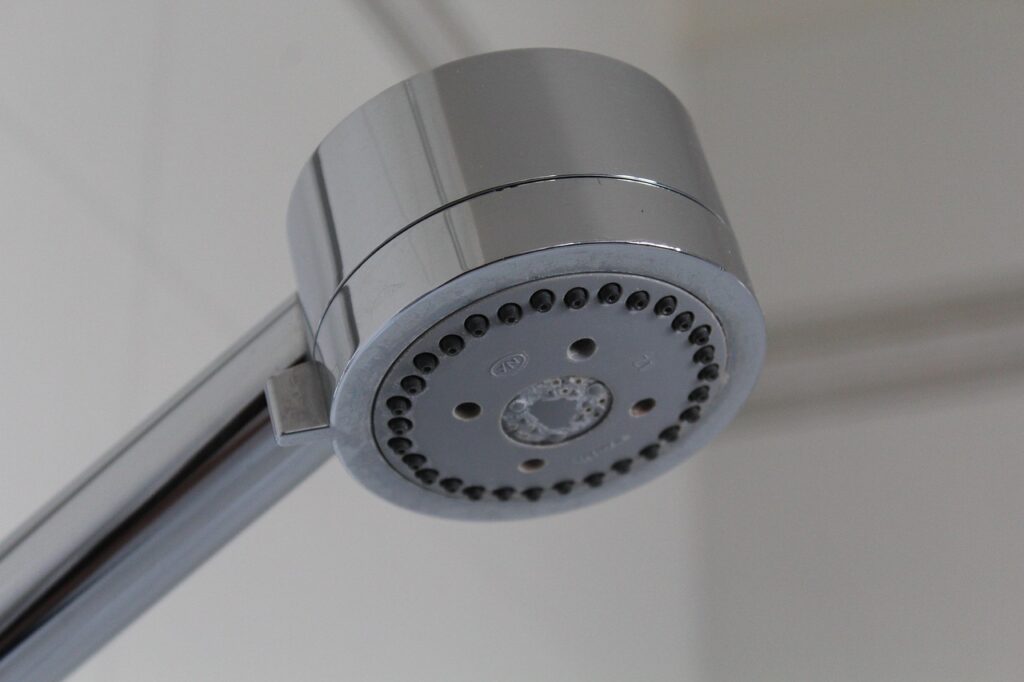Every morning, you pull back that familiar barrier between your bathroom and shower space, never suspecting that you’re disturbing an entire microscopic metropolis. Your shower curtain isn’t just a simple piece of plastic or fabric – it’s a thriving ecosystem teeming with life forms that would make any microbiologist’s heart race with excitement. From the darkest folds to the seemingly clean surfaces, countless organisms have claimed your bathroom as their permanent residence, creating a hidden world that exists just inches from your daily routine.
The Bathroom’s Perfect Storm for Microbial Life
The environment around your shower curtain represents what scientists call a “perfect storm” for microbial growth. The combination of warmth, moisture, and organic matter creates conditions that rival tropical rainforests in terms of biodiversity. Water droplets cling to every surface, creating micro-puddles that serve as oases for countless organisms.
Temperature fluctuations between hot showers and cooler periods actually encourage different species to thrive at different times. This creates a dynamic ecosystem where various organisms take turns dominating the habitat throughout the day. The organic matter from soap residue, skin cells, and hair provides an endless buffet for these microscopic residents.
Meet the Mold Empire
Black mold, scientifically known as Stachybotrys chartarum, represents perhaps the most notorious resident of shower curtain ecosystems. This fungus appears as dark, slimy patches that spread across surfaces with alarming efficiency. Unlike popular belief, not all dark growth is dangerous black mold – many species create similar appearances but pose different health risks.
The mold empire extends far beyond what you can see with the naked eye. Microscopic spores float through the air, settling into every crevice and fold of your curtain. These spores can remain dormant for months, waiting for the perfect conditions to spring back to life. Even a single drop of water can trigger explosive growth that doubles the colony size within hours.
The Bacterial Neighborhoods
Bacteria form the foundation of your shower curtain’s ecosystem, creating invisible neighborhoods that would astound urban planners. Pseudomonas aeruginosa, a common shower dweller, creates biofilms that appear as slimy, colorful patches ranging from blue-green to yellow. These bacterial communities work together, sharing resources and protecting each other from threats.
Staphylococcus and Streptococcus species also call your curtain home, often clustering around areas where soap residue accumulates. These bacteria can survive in surprisingly harsh conditions, including exposure to cleaning chemicals that would destroy other organisms. Their ability to form protective biofilms makes them particularly resistant to removal attempts.
Fungal Forests in Miniature
Beyond mold, your shower curtain hosts an entire forest of fungal species that create their own complex ecosystem. Aspergillus species appear as fuzzy, colorful growths that can range from white to green to black. These fungi play crucial roles in breaking down organic matter, essentially composting the debris that accumulates in your bathroom.
Penicillium species, the same genus that gave us antibiotics, commonly inhabit shower curtains and create blue-green fuzzy patches. These fungi actually help control bacterial populations through natural antibiotic production. The competition between different fungal species creates a constantly shifting landscape of microscopic territories.
The Algae Advantage
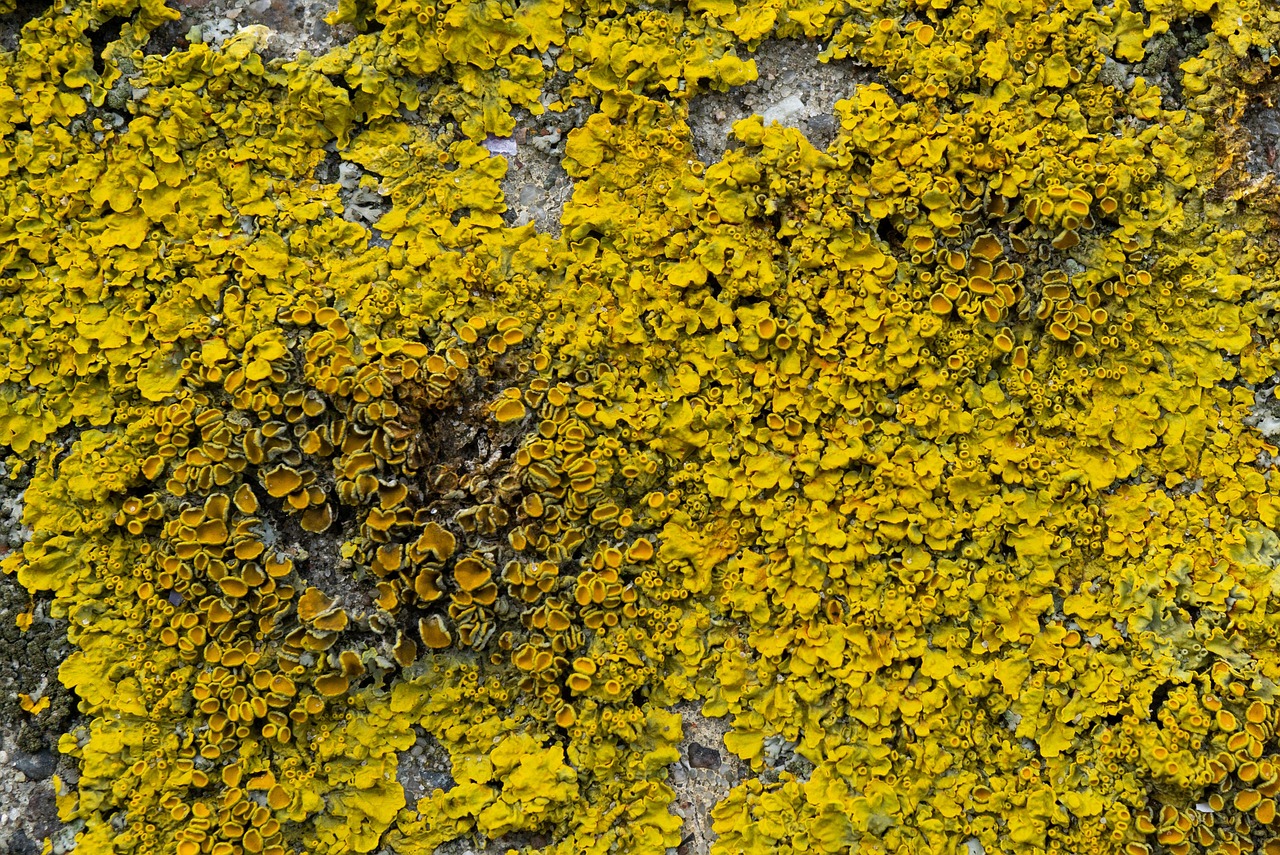
Pink and orange stains on your shower curtain often indicate the presence of algae, particularly species that thrive in low-light, high-moisture conditions. These photosynthetic organisms can survive on minimal light filtering through bathroom windows or artificial lighting. Their ability to produce their own food through photosynthesis gives them a significant advantage over other curtain inhabitants.
Some algae species form symbiotic relationships with bacteria, creating mixed communities that are incredibly resilient. These partnerships allow both organisms to thrive in conditions that would be challenging for either species alone. The algae provide nutrients through photosynthesis while bacteria offer protection and additional resources.
Protozoan Predators
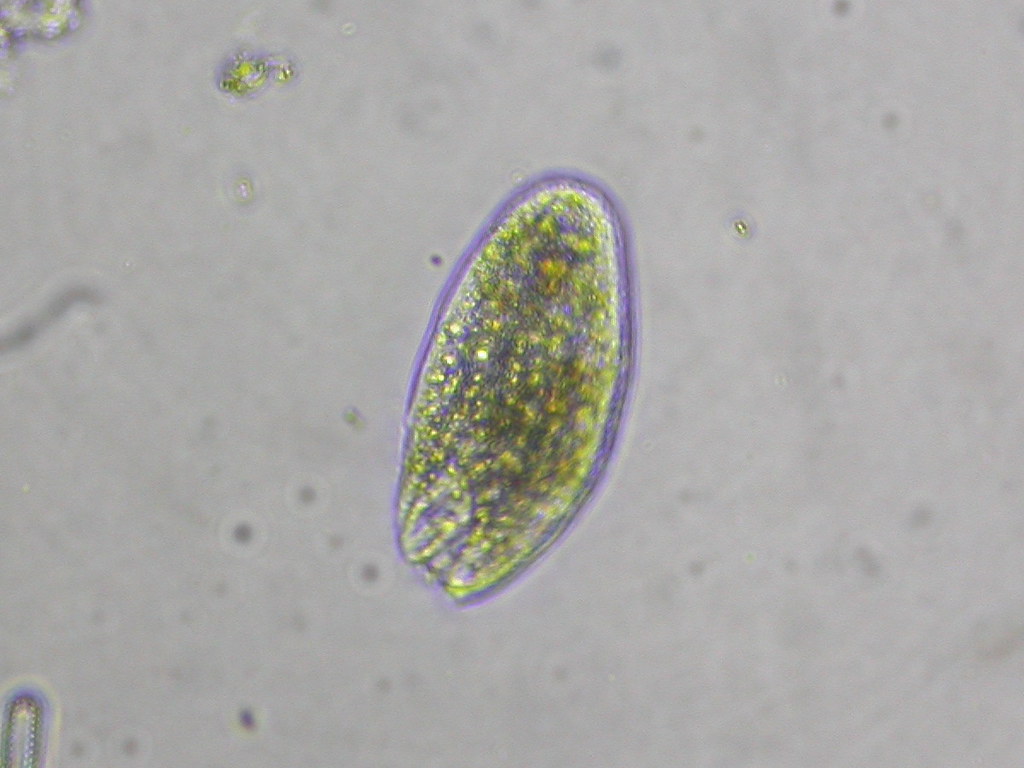
The microscopic world of your shower curtain includes apex predators in the form of protozoa. These single-celled organisms hunt bacteria and other microorganisms, creating a complex food web within the curtain’s ecosystem. Amoebas glide through water films, engulfing their prey with pseudopodia that extend and retract like microscopic arms.
Paramecia and other ciliated protozoans use hair-like structures to sweep bacteria into their cellular mouths. These predators help maintain balance in the microbial community, preventing any single bacterial species from overwhelming the ecosystem. Their presence indicates a mature, stable microbial environment.
Viral Hitchhikers
Viruses represent the most abundant but least understood inhabitants of shower curtain ecosystems. Bacteriophages, viruses that specifically target bacteria, exist in staggering numbers within biofilms. These microscopic entities can dramatically alter bacterial populations by infecting and destroying specific species.
Human viruses can also survive on shower curtain surfaces for extended periods, particularly in the protective environment of biofilms. The combination of moisture and organic matter creates ideal conditions for viral persistence. Some viruses can remain infectious for days or even weeks when protected by the right microbial community.
The Seasonal Migrations
Your shower curtain’s inhabitants follow predictable seasonal patterns that mirror larger ecological cycles. Winter heating systems create drier conditions that favor certain mold species, while summer humidity encourages bacterial blooms. These seasonal shifts create waves of different organisms that dominate the ecosystem at different times.
Temperature changes during different seasons also affect the growth rates and metabolic activity of various species. Some organisms enter dormant states during unfavorable conditions, only to explode back to life when conditions improve. This creates a dynamic, ever-changing community that adapts to environmental fluctuations.
Chemical Warfare in the Folds
The microscopic residents of your shower curtain engage in sophisticated chemical warfare that would impress military strategists. Many bacteria produce antimicrobial compounds to eliminate competitors, while fungi release enzymes that break down rival organisms. These chemical battles create invisible clouds of biological weapons that constantly reshape the microbial landscape.
Some organisms have evolved resistance to multiple chemical attacks, creating “superbugs” that dominate certain areas of the curtain. The overuse of antimicrobial soaps and cleaners can actually select for these resistant organisms, making them harder to eliminate. This chemical arms race continues every day in the folds of your seemingly innocent shower curtain.
The Invisible Food Web
A complex food web exists within your shower curtain that rivals any natural ecosystem in its intricacy. Primary producers like algae and certain bacteria form the foundation, converting light and simple chemicals into organic matter. Primary consumers, including various bacteria and protozoa, feed on this organic matter and on each other.
Secondary consumers, such as predatory protozoa and certain fungi, hunt the primary consumers, while decomposers break down dead organisms and organic waste. This creates a self-sustaining ecosystem that can persist for months or even years. The energy flow through this microscopic food web is surprisingly efficient, with minimal waste production.
Architectural Marvels of Biofilm Cities
The biofilms that coat your shower curtain represent some of nature’s most impressive architectural achievements. These structures consist of multiple layers of organisms embedded in a self-produced matrix of proteins, carbohydrates, and DNA. The resulting structures can be incredibly complex, with channels for nutrient flow and waste removal that resemble urban infrastructure.
Different species occupy specific levels within these biofilm cities, creating vertical neighborhoods with distinct characteristics. Surface dwellers have access to oxygen and light, while deeper residents live in anaerobic conditions. This three-dimensional organization allows maximum utilization of available resources and creates incredibly stable communities.
The Great Shower Curtain Migration
Organisms don’t just stay put on your shower curtain – they actively migrate throughout your bathroom ecosystem. Air currents carry spores and bacteria from the curtain to other surfaces, while water droplets transport entire communities to new locations. This constant movement creates a dynamic exchange of organisms between different bathroom habitats.
Some species have evolved specific strategies for dispersal, producing lightweight spores that can travel considerable distances through air currents. Others form resistant cysts that can survive dry conditions, waiting for moisture to return before resuming active growth. These migration patterns ensure genetic diversity and help organisms colonize new areas of your bathroom.
Symbiotic Partnerships
Many organisms in your shower curtain ecosystem form beneficial partnerships that help both species thrive. Bacteria and fungi often work together, with bacteria providing nutrients while fungi offer protection from threats. These symbiotic relationships can be so tight that the organisms cannot survive independently.
Some partnerships involve multiple species working together to break down complex organic compounds that no single organism could process alone. These metabolic cooperatives demonstrate remarkable biochemical coordination, with each species contributing specific enzymes or metabolic pathways. The result is a highly efficient system for nutrient cycling and waste processing.
The Hidden Health Implications
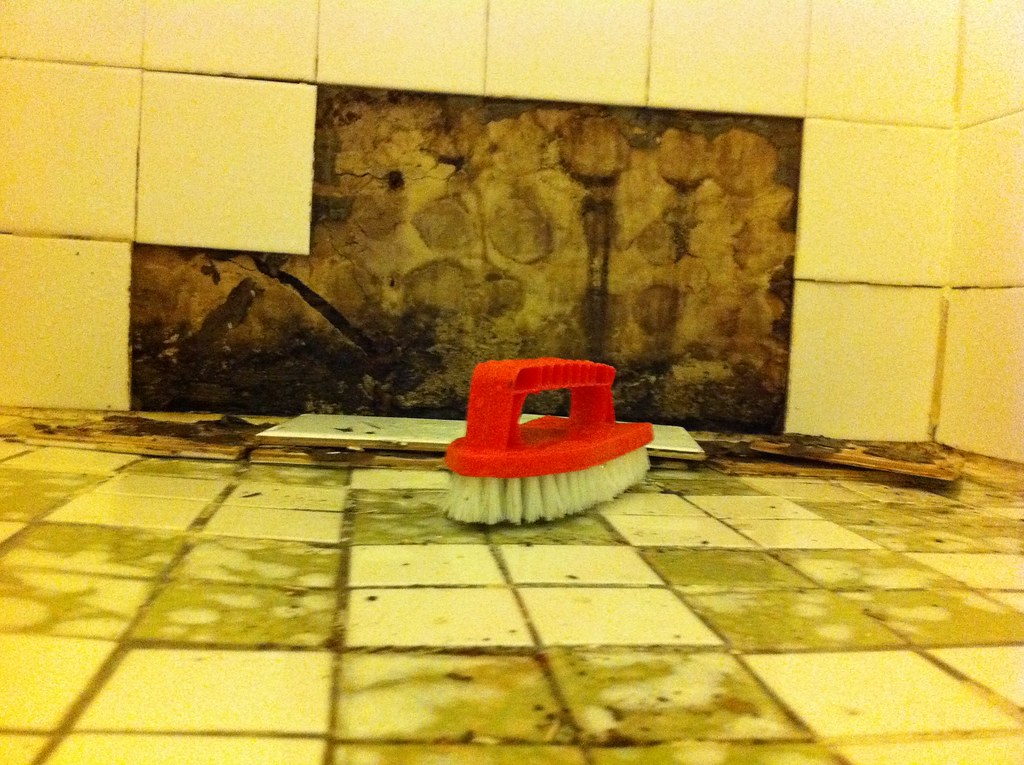
While most shower curtain inhabitants are harmless, some species can pose health risks under certain conditions. Individuals with compromised immune systems, allergies, or respiratory conditions may be particularly sensitive to mold spores and bacterial toxins. The concentration of organisms in the enclosed space of a shower can create exposure levels that exceed those found in outdoor environments.
Regular cleaning and proper ventilation can significantly reduce health risks without completely eliminating the microbial ecosystem. Understanding the balance between maintaining hygiene and recognizing the natural presence of microorganisms helps create a healthier bathroom environment. Most healthy individuals coexist peacefully with these microscopic neighbors without any adverse effects.
The Resilient Survivors
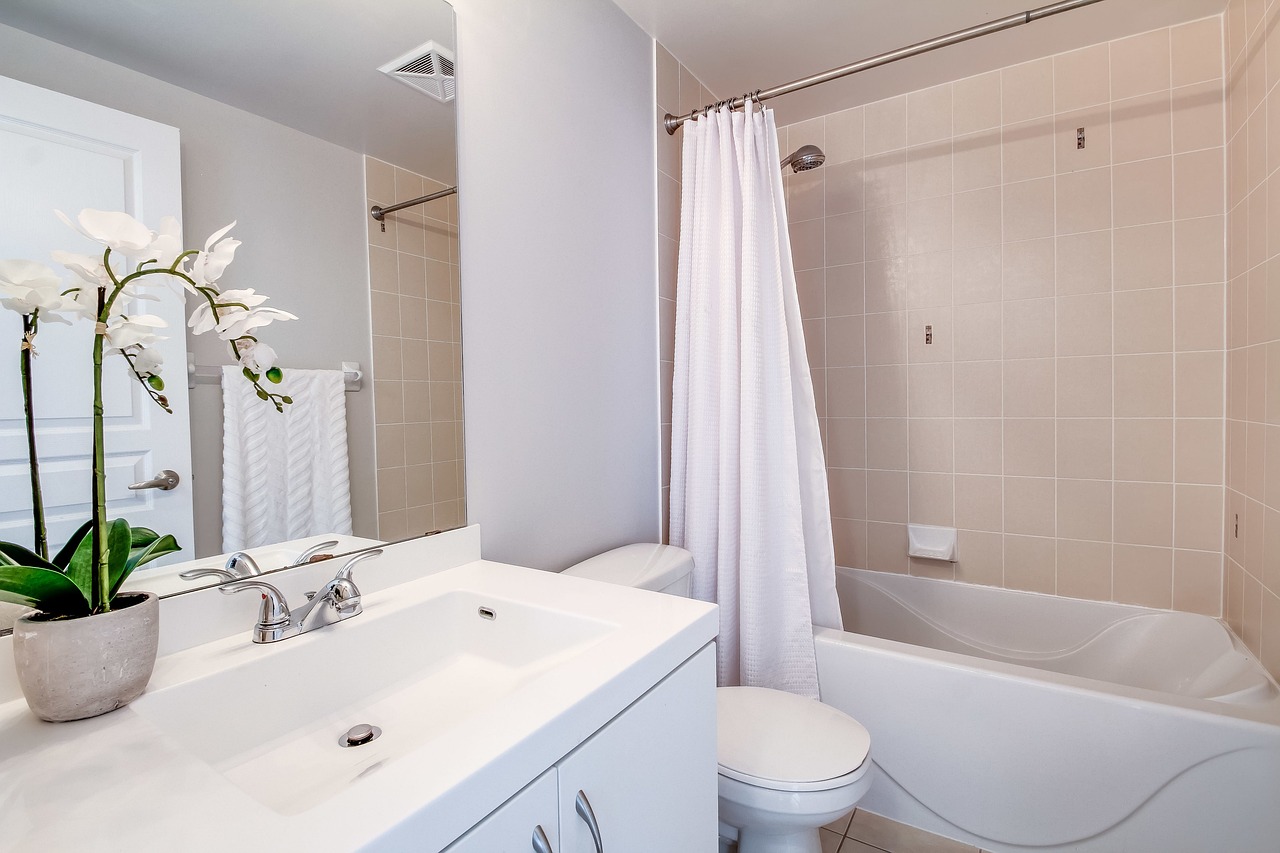
The organisms living in your shower curtain have evolved remarkable survival strategies that allow them to thrive in one of the most challenging environments in your home. They must withstand temperature fluctuations, chemical attacks from cleaning products, and periods of drought between showers. These adaptations make them some of the most resilient life forms on Earth.
Some species can enter cryptobiotic states, essentially suspending all biological activity until conditions improve. Others produce protective spores that can survive extreme conditions for extended periods. These survival mechanisms ensure that your shower curtain will always harbor life, no matter how thoroughly you clean it. The next time you pull back that curtain, remember that you’re not just entering your shower – you’re stepping into a thriving ecosystem that has been millions of years in the making.
The microscopic world thriving in your shower curtain represents one of nature’s most remarkable survival stories, playing out daily in the most mundane corner of your home. These resilient organisms have transformed a simple bathroom fixture into a complex ecosystem that rivals any natural habitat in its diversity and ingenuity. What secrets might be hiding in the other overlooked corners of your daily environment?

